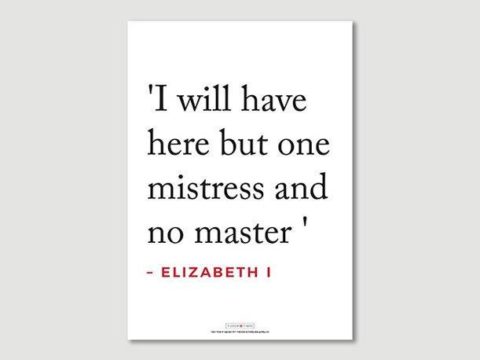The 1553 Succession Crisis
Chapter 2 : The Devise for the Sucession
In early 1553, Edward, aged fifteen, drew up what he called his ‘Devise for the Succession’. It is unclear whether it was entirely his own idea, in either concept or content, or whether he was influenced by the Duke of Northumberland. Northumberland was Lord President of the Council and effective ruler of the country – although Edward was involved in Government decisions by 1553.
In the first draft of the Devise, Edward excluded his half-sisters on the grounds of illegitimacy, the possibility that they would marry outside the kingdom, and, in Mary’s case, her religion. He ignored the descendants of his aunt Margaret (although his cousin, Margaret, Countess of Lennox lived in England and had a son). He designated the male heirs of Frances, now Duchess of Suffolk. These unborn male heirs were followed by more unborn male heirs – those of Frances’ daughters, and then those of the dead Lady Eleanor Clifford’s daughter, Margaret.
This first draft of the Devise was completely unworkable as it left the Crown to a series of non-existent male heirs - leaving aside its lack of any legal force.
Edward’s planned change to the succession was followed by a triple wedding on 25th May. Lady Jane was married to Lord Guilford Dudley, son of the Duke of Northumberland, while her sister, Katherine, was married to Henry Herbert, son of the Earl of Pembroke. The Earl of Pembroke was the brother of the late Queen Katherine Parr, and, also Protestant, had been an ally of Northumberland’s for some time.
The third match was between Northumberland’s daughter, Lady Katherine Dudley, and the Protestant Henry Hastings, son of the 2nd Earl of Huntingdon. As it happened, Henry Hastings had a reasonable claim to the throne himself. His mother was Katherine Pole, grand-daughter of Margaret, Countess of Salisbury, executed in 1541. King Edward was too ill to attend the weddings, and his health continued to deteriorate.
At some point, although exactly when is unknown, Edward revised his 'Devise' to leave the Crown to Lady Jane AND her heirs male. Lady Jane, somewhat less than a year older than Edward, was an equally committed Protestant. Edward’s biographer, Chris Skidmore, dates this alteration to after the marriage of Lady Jane.
By 12th June, Edward knew that his health was unlikely to improve. On that date, the Judges of the King’s Bench were summoned. The Judges were presented with Edward’s 'Devise' and ordered to turn it into a legal will. Surprised, and not a little alarmed, they retired to consider their position.
Edward was a minor – in law, he could not make an enforceable will. Also, there was no precedent for a King trying to overturn an Act of Parliament (the 1544 Act) by will or by Letters Patent. The Judges therefore refused to act upon his wishes, citing the danger of committing treason.
At this point, Northumberland apparently lost his temper and accused the Lord Chief Justice, Sir Edward Montagu, of treason, whilst threatening personal violence. It was suggested that Mary be confirmed in the succession on condition that she maintain Edward’s religious reforms, an idea that Northumberland laughed to scorn.
Two days later, Edward himself harangued the Judges, and eventually, the Lord Chief Justice agreed, with the proviso that the Judges be granted a pardon under the Great Seal, which could be produced in defence of any accusation of treason.
The Letters Patent were duly drawn up, signed repeatedly by Edward, and, over the following week by at least 100 of his Councillors, nobles and officials. There was a second document as well, binding its signatories to uphold Edward’s wishes ‘unto death’.
Support was not unanimous. Archbishop Cranmer initially refused, but was persuaded to sign, whilst Judge Sir John Hales refused absolutely. The Earl of Arundel, whilst signing the Letters Patent, refused to be party to the undertaking of support. The Earls of Shrewsbury and Bedford, and the Marquis of Winchester were similarly reluctant.





